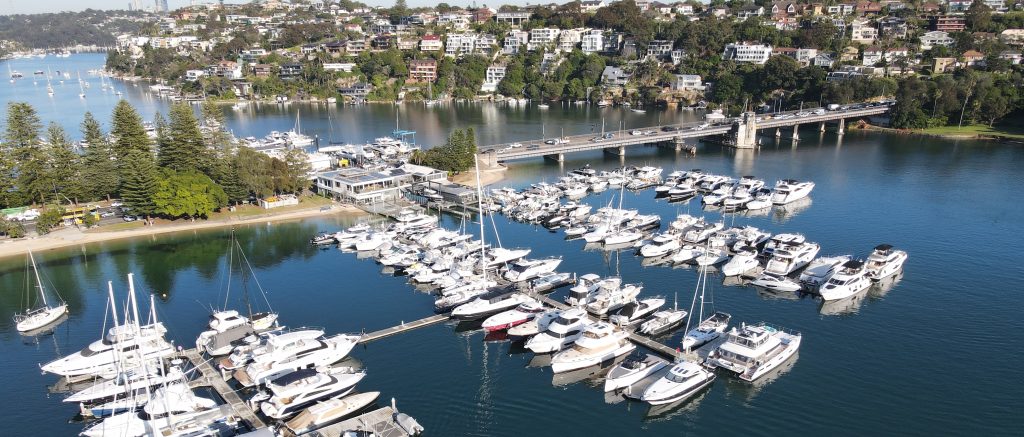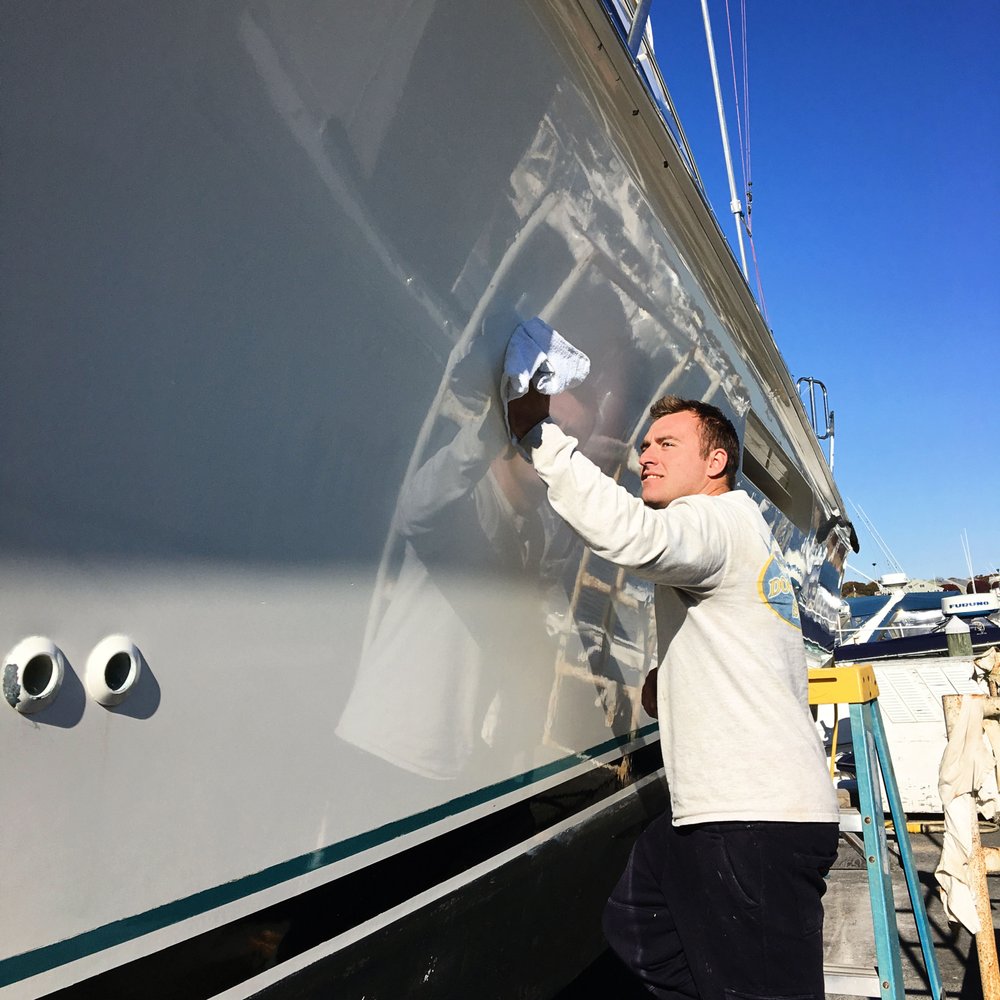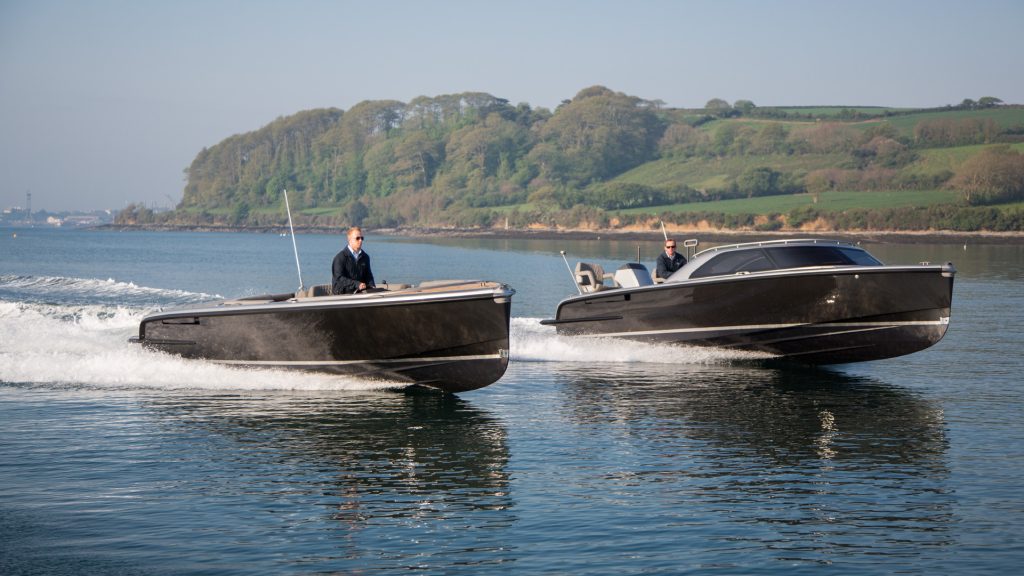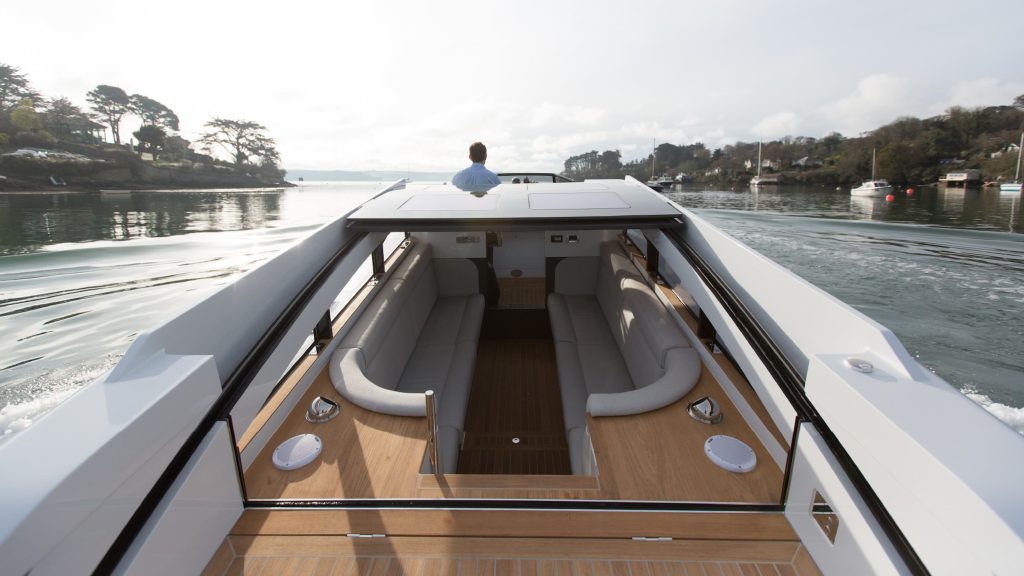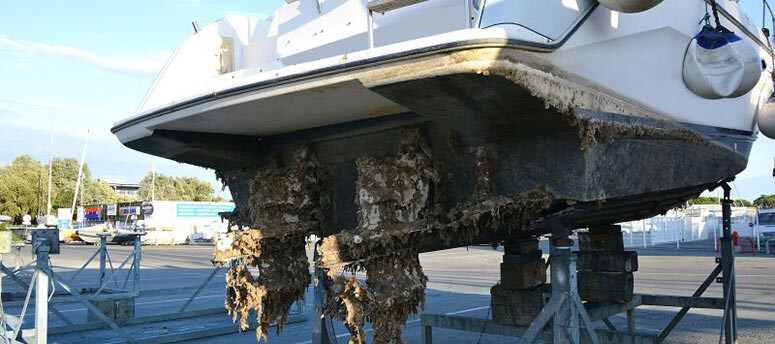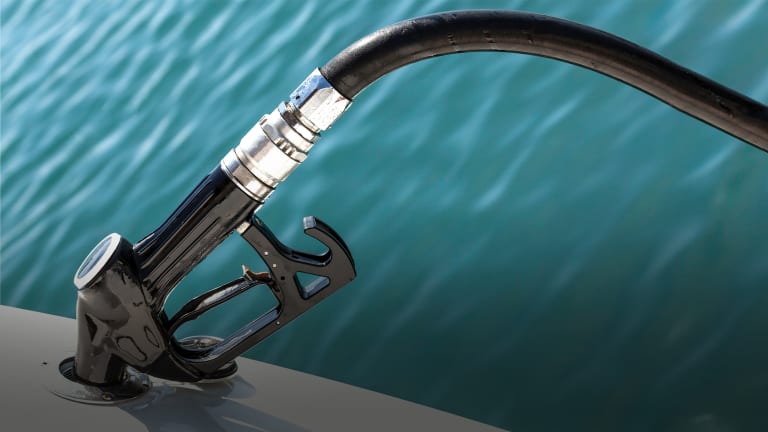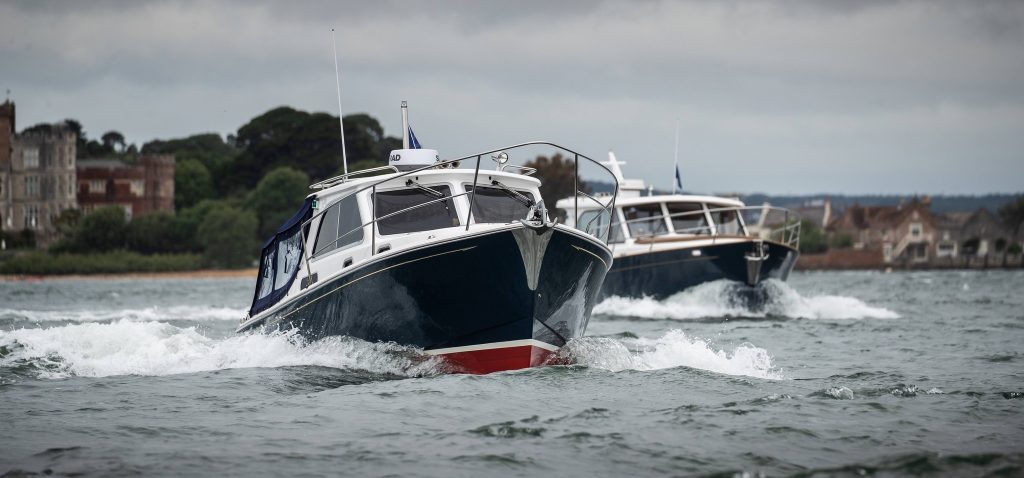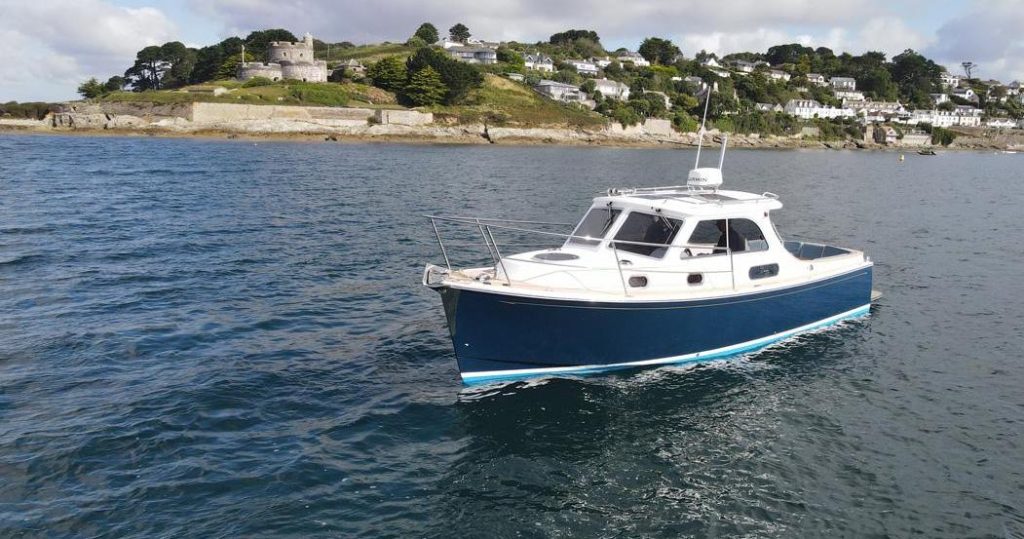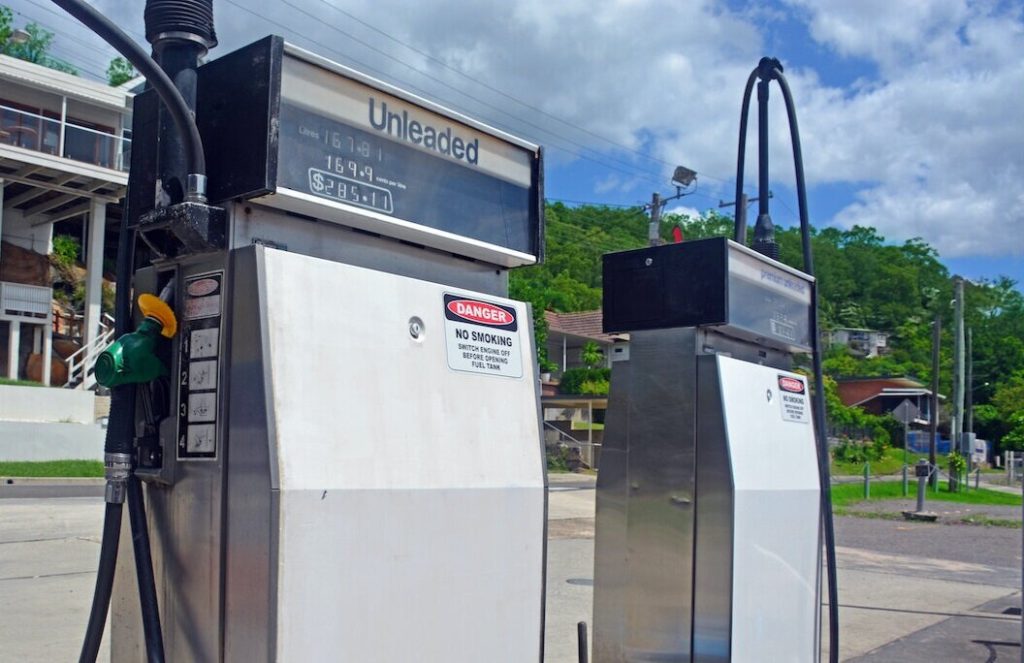Motorboats are small, engine-powered watercraft, ranging from tiny one-person craft all the way up to bigger boats around 100 feet long, with most designed for 6 people or less. People use motorboats for all kinds of recreational activities like cruising, fishing, hunting, swimming, diving, water skiing, and even racing and navigation competitions, as they rely on internal combustion or electric motors to provide the power, giving them the ability to get out on the water and have fun in all sorts of ways.
Types of Motorboats
Motorboats come in all shapes and sizes, but they generally fall into a few key categories based on how their engines are set up. Let’s take a quick look at the most common drive types:
- Inboard Shaft Drive – These have the engine built right into the boat’s hull, with a driveshaft connecting it to the propeller. Inboard boats are known for being stable and efficient.
- Outboard – With the motor mounted on the back (or “transom”) of the boat, outboards are very popular for smaller craft like fishing boats and runabouts. They’re easy to maintain and allow for shallow water access.
- Stern Drives – Also called inboard/outboards, these combine an inboard engine with an outboard-style drive unit that sticks out the back. You get the power and efficiency of an inboard with the manoeuvrability and shallow water abilities of an outboard. Popular models featuring stern drives include the Sea Ray 325 Sundancer and the Riviera M360.
- Pod Drives – A newer design, pod drives house the engine, transmission, and steering in a single, swivelling pod underneath the boat. This gives you excellent control and handling. The most common pod drive brand is Volvo IPS drive.
- Jet Drives – Instead of a propeller, jet boats use a high-powered water pump to push the boat forward. This makes them great for navigating shallow areas and achieving high top speeds.
What Are the Different Motorboat Hull Types?
Motorboat hull designs come in a variety of shapes, each with their own advantages depending on the intended use of the boat. Some of the common hull types include:
Displacement Hulls
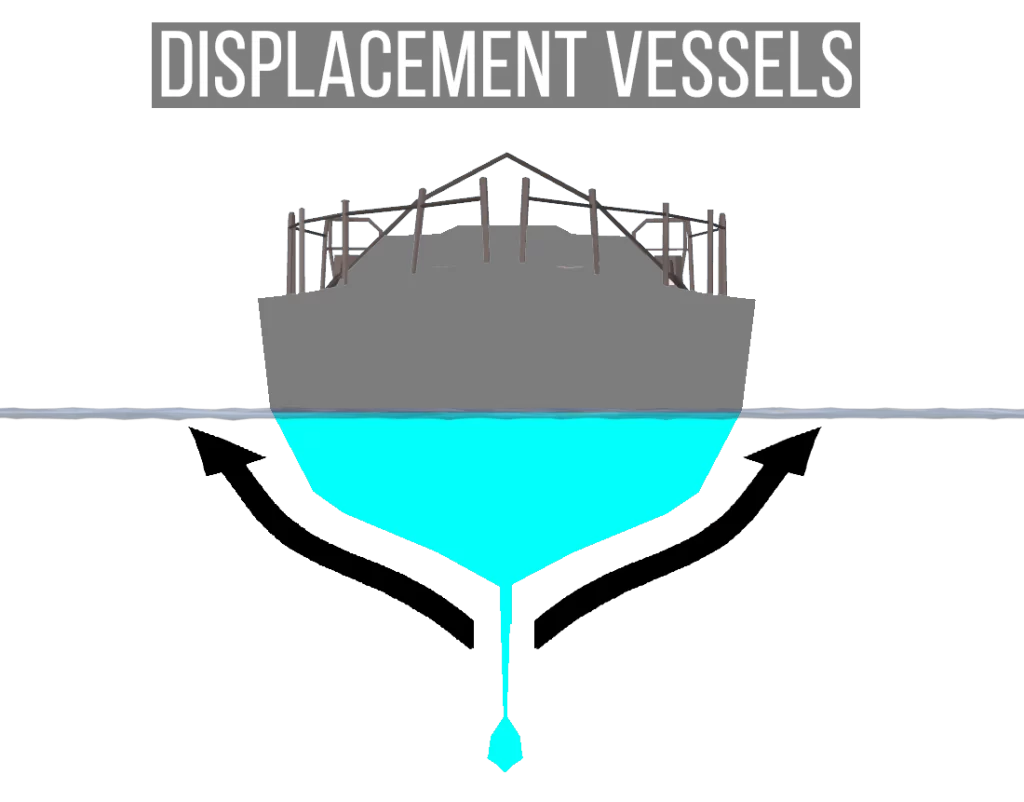
Boats with this type of hull don’t ride on top of the water. Instead, they push through it. This makes displacement hulls very fuel-efficient, especially at lower speeds, and they can use small engines. The trade-off is that displacement hulls are typically slower than other hull designs. Boats like trawlers, tugs, and Down-east powerboats often use displacement hulls.
Planing Hulls
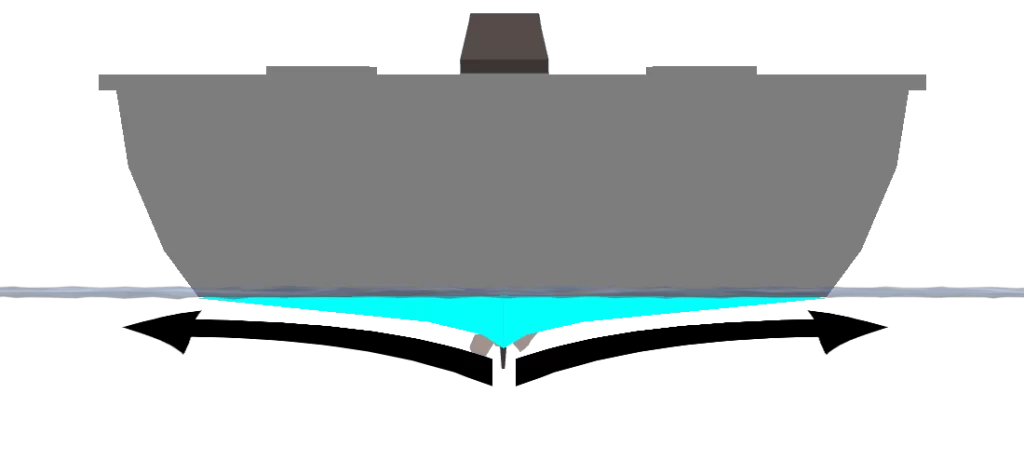
These hulls are made to skim over the top of the water at high speeds, rather than pushing through it. As the boat goes faster, the hull lifts up and starts planing on top of the water. Planing hulls need more power to reach their top speed compared to other hull types, but they can go much faster overall. Most recreational powerboats are built with planing hulls, like performance boats, fishing boats, and water-sports boats. One example of this hull type is the Riviera M430. Some planing hulls even have special steps built into the shape to help them plane even better and go even faster.
Semi-Displacement Hulls
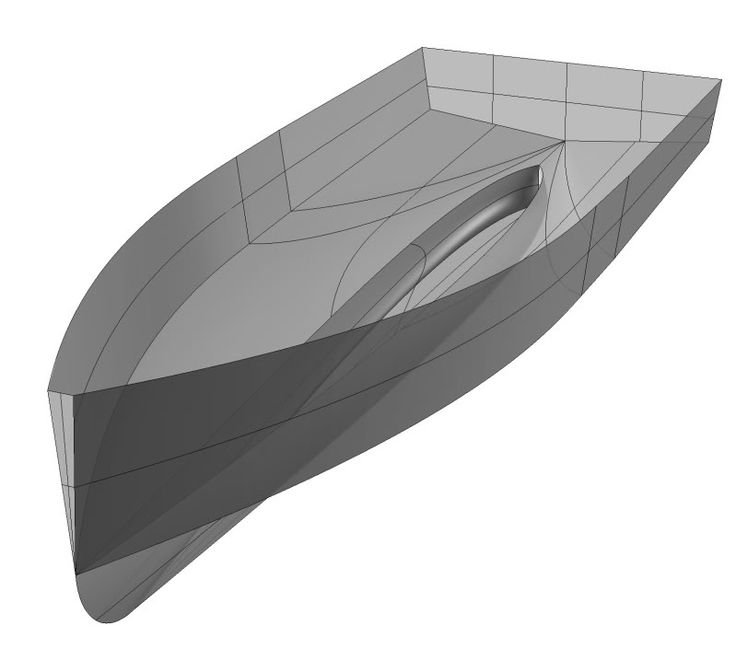
These hulls are designed to sit partly on top of the water, instead of fully submerged like a regular boat. At higher speeds, they can ride higher on the surface rather than pushing all the way through. This allows them to go faster than full displacement hulls. While they don’t go quite as fast as planing hulls, the real benefit is they feature a keel which creates superior stability in rough waters, making them far more comfortable than a planing hull in tough conditions. Larger boats like cabin cruisers, trawlers, tugboats, and motor yachts, such as the Duchy 35, often have semi-displacement hulls that let them reach higher speeds.
Deep-V Hulls
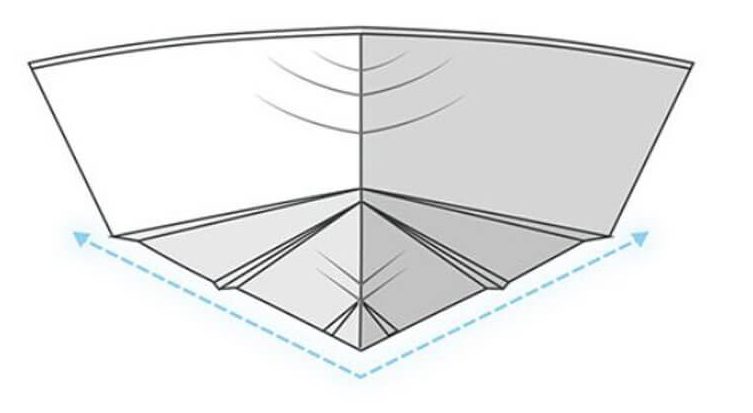
These boats have a very sharp, deep-V shape that cuts through choppy water really well. The downside is they can feel a bit rolly in beamy seas and tend to wallow when turning. These are often used in centre console boats that are setup for offshore fishing, ideal for getting offshore quickly and handling the rough waters.
Rounded Hulls
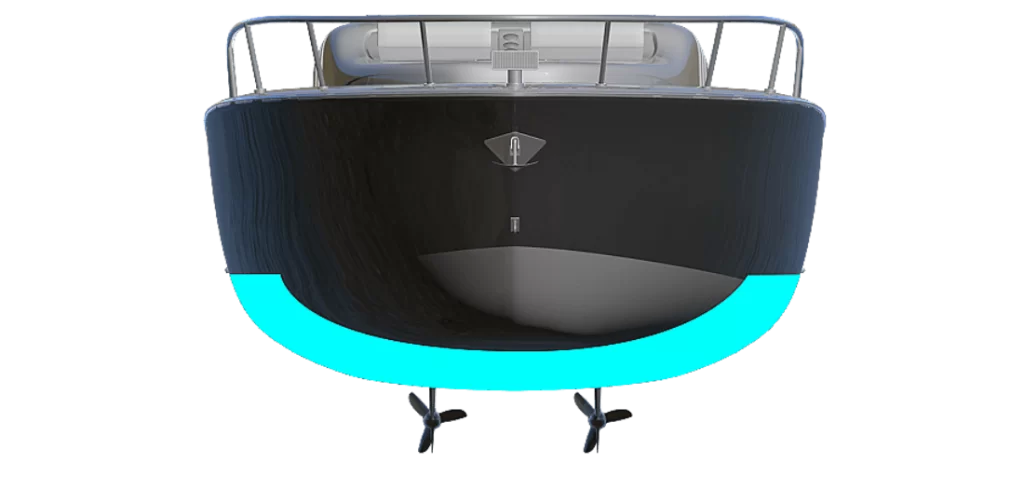
Found on trawlers, tugs, and other displacement cruisers, these rounded hulls are very efficient for long-distance travel. But they can feel quite rolly too.
Pontoon Hulls
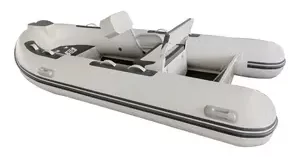
These are the super stable boats with the aluminium tube “pontoons” supporting the deck. They ride really smooth, but don’t do as well in open, rough water.
Flat-Bottom Hulls

Boats with flat bottoms, like Jon boats and bateaus, are made more for calm inshore waters and rivers. The flat shape provides good stability, but can make for a bumpy ride in rougher conditions.
Catamaran Hulls
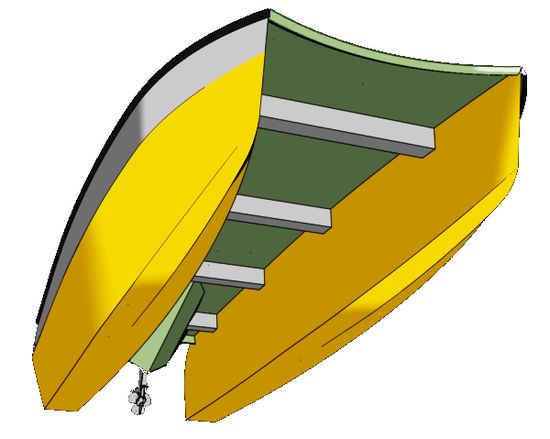
These boats have two separate hulls connected by a deck up top. The ride is super smooth, even better than V-shaped hulls, and they’re really stable when sitting still. You also get tons of open deck space. The trade-offs are they don’t turn as well as single-hull boats, and some people don’t love the look of a catamaran.
Trimaran Hulls
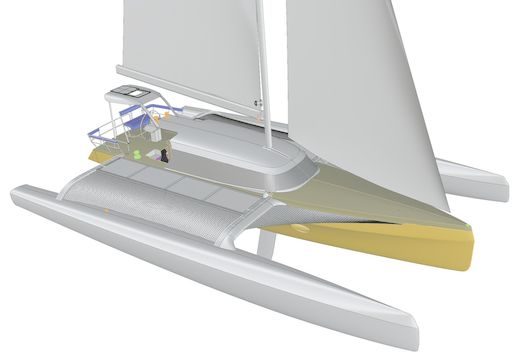
These are even rarer, but they have three separate hulls instead of two. So you get the stability and space benefits, but with three running surfaces instead of two.
In conclusion, motorboats come in many shapes and styles, perfect for all kinds of water activities. Whether you want the steady ride of a displacement hull, the speed of a planing hull, the stability of a catamaran, or the easy maintenance of an outboard motor, there’s a motorboat for you. Discover a wide array of options, showcasing various hull types and drive systems on our Boats for Sale page. Or if you are that someone who’s considering buying a sailboat, read about Motor Yacht vs Sailboat to learn more about their pros and cons and to make an informed decision. Once you’re ready to upgrade, take the next step by contacting us to sell your boat. Knowing the different types and hull designs helps you pick the right boat for your needs. With the right motorboat, you can enjoy the fun and freedom of being on the water, making every trip an adventure!
